Our beautiful world – Asia
Our world is made up of many unique, magical and beautiful places. Over the course of millions of years, nature has formed the landscape we know today. Humans have settled down and improved the landscape with magnificent architecture and beautiful art. In this article we’ll take a look at some examples of this from Asia. These are ten of the most special places on the continent.
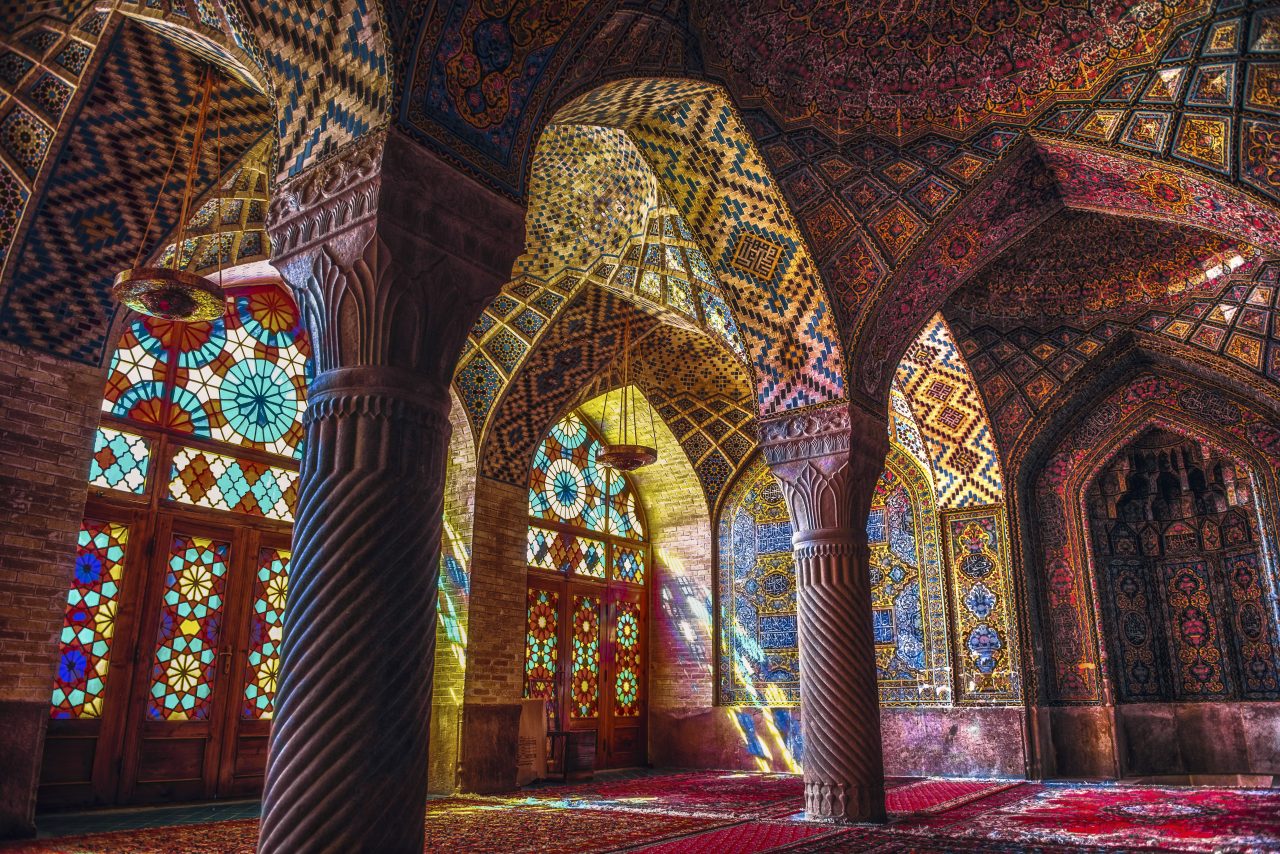
Moskeen i Shiraz
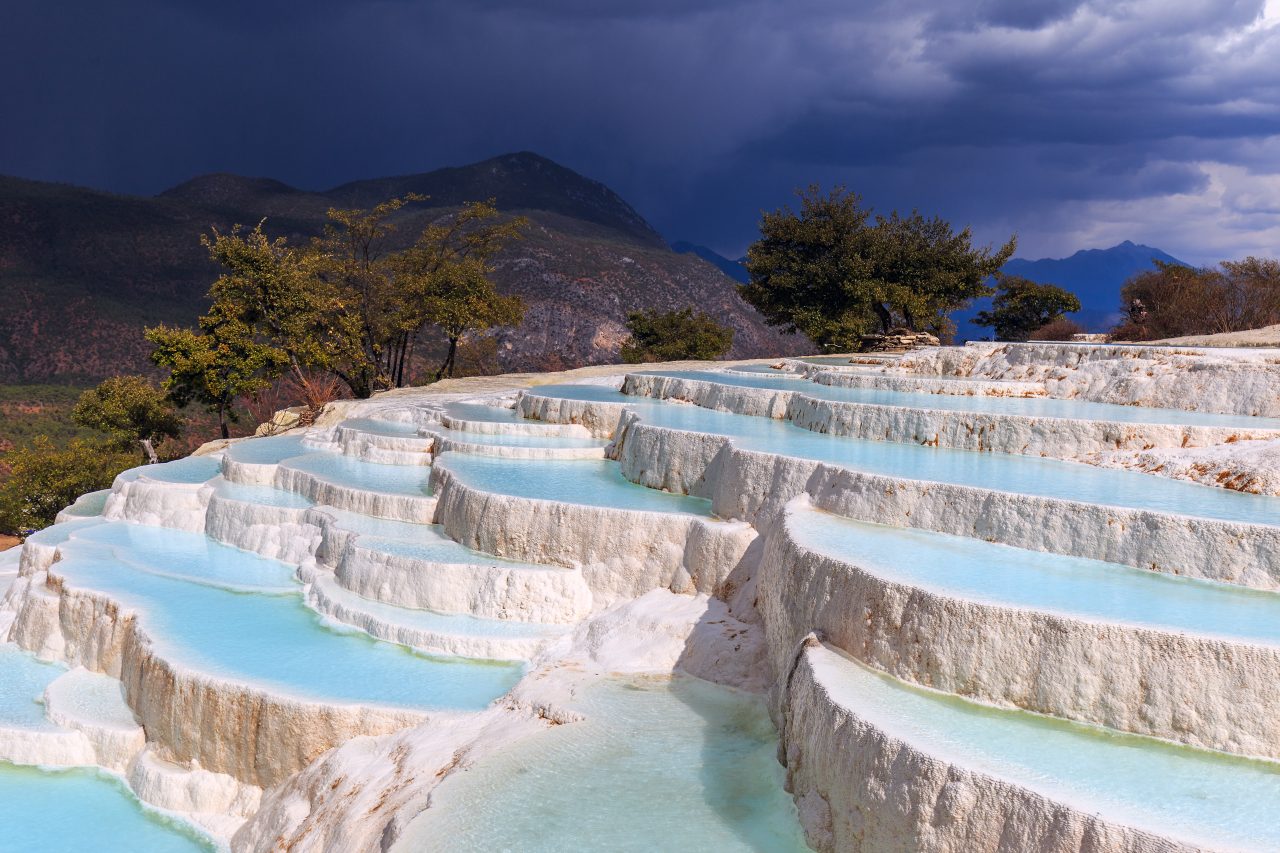
Pamukkale i Tyrkia
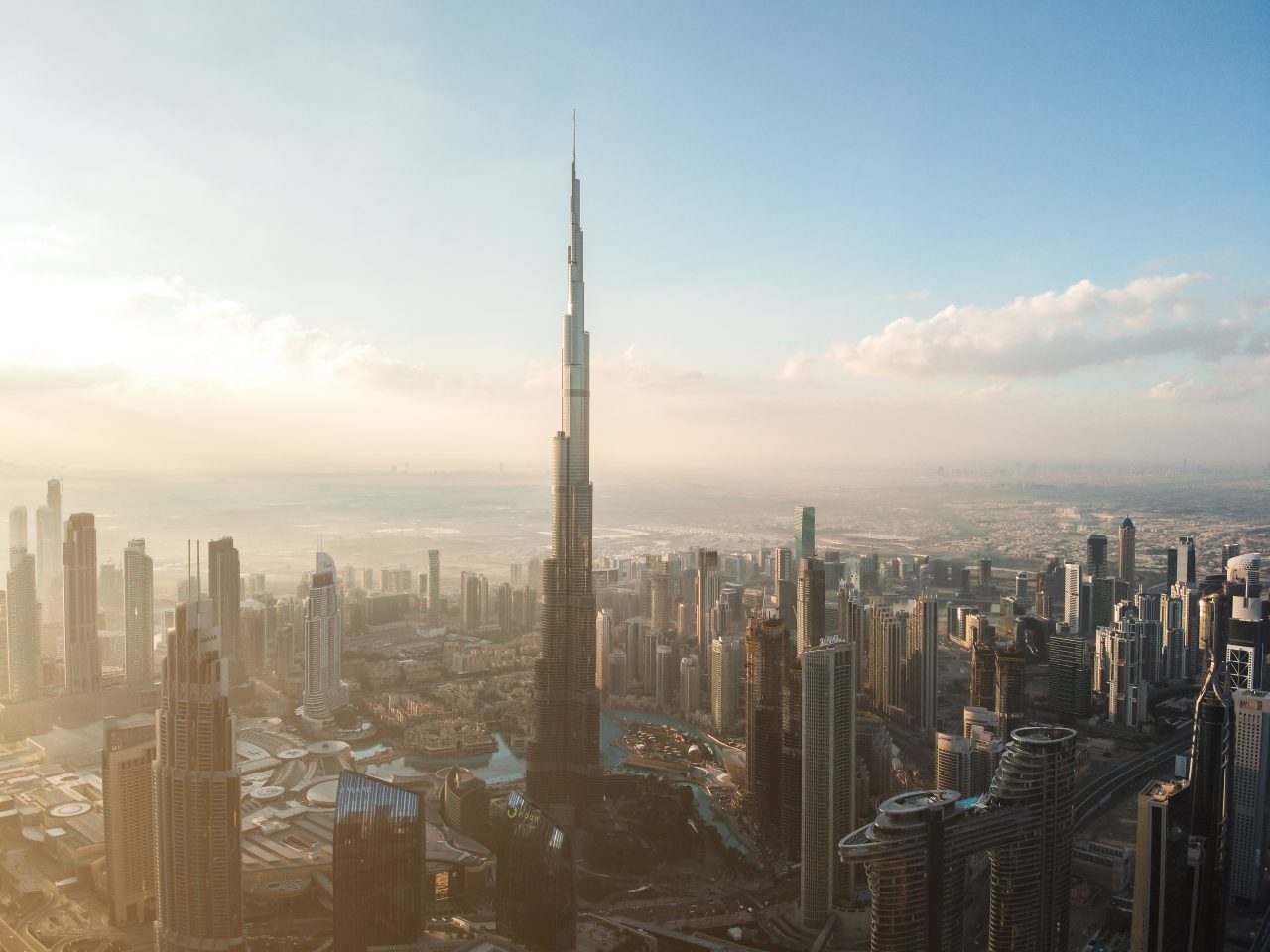
Burj Khalifa i Dubai
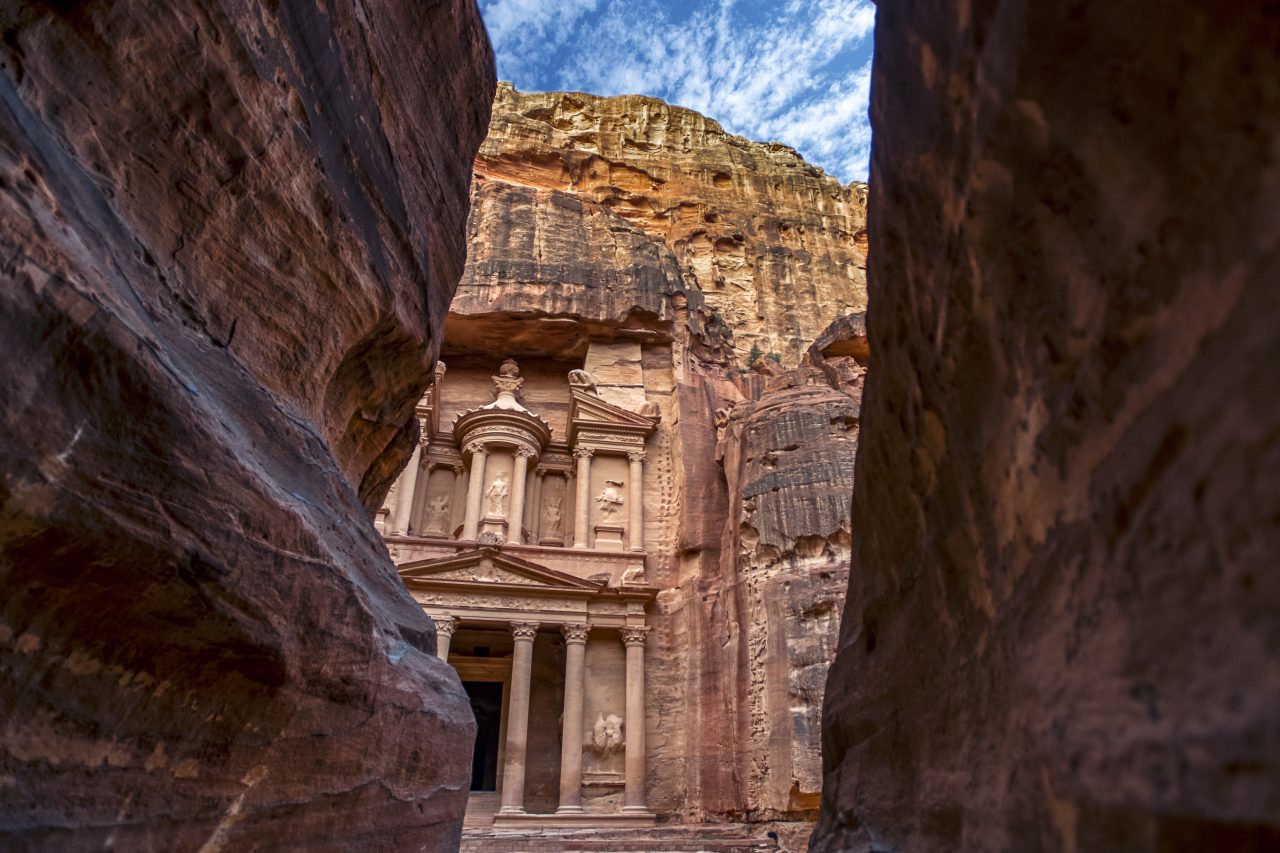
Petra i Jordan
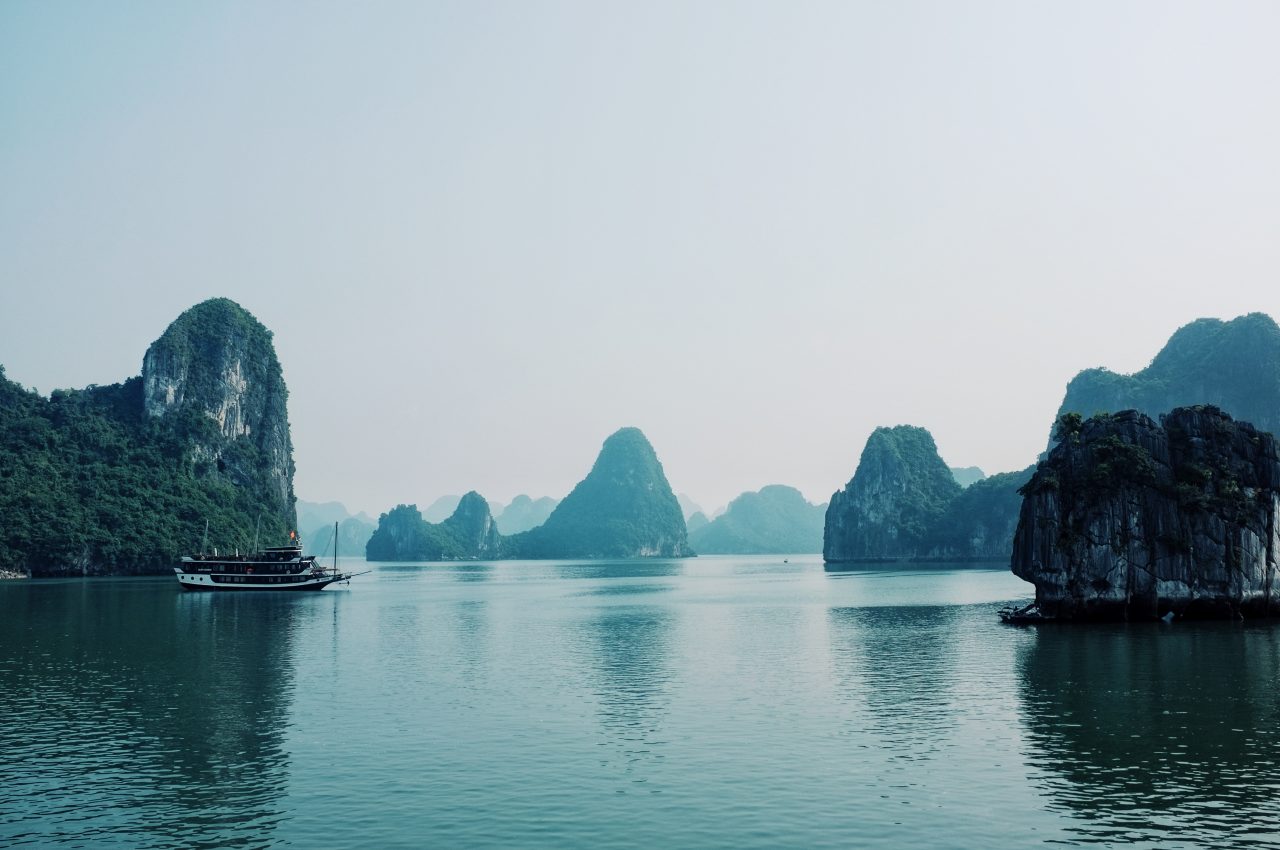
Ha Long-bukta i Vietnam
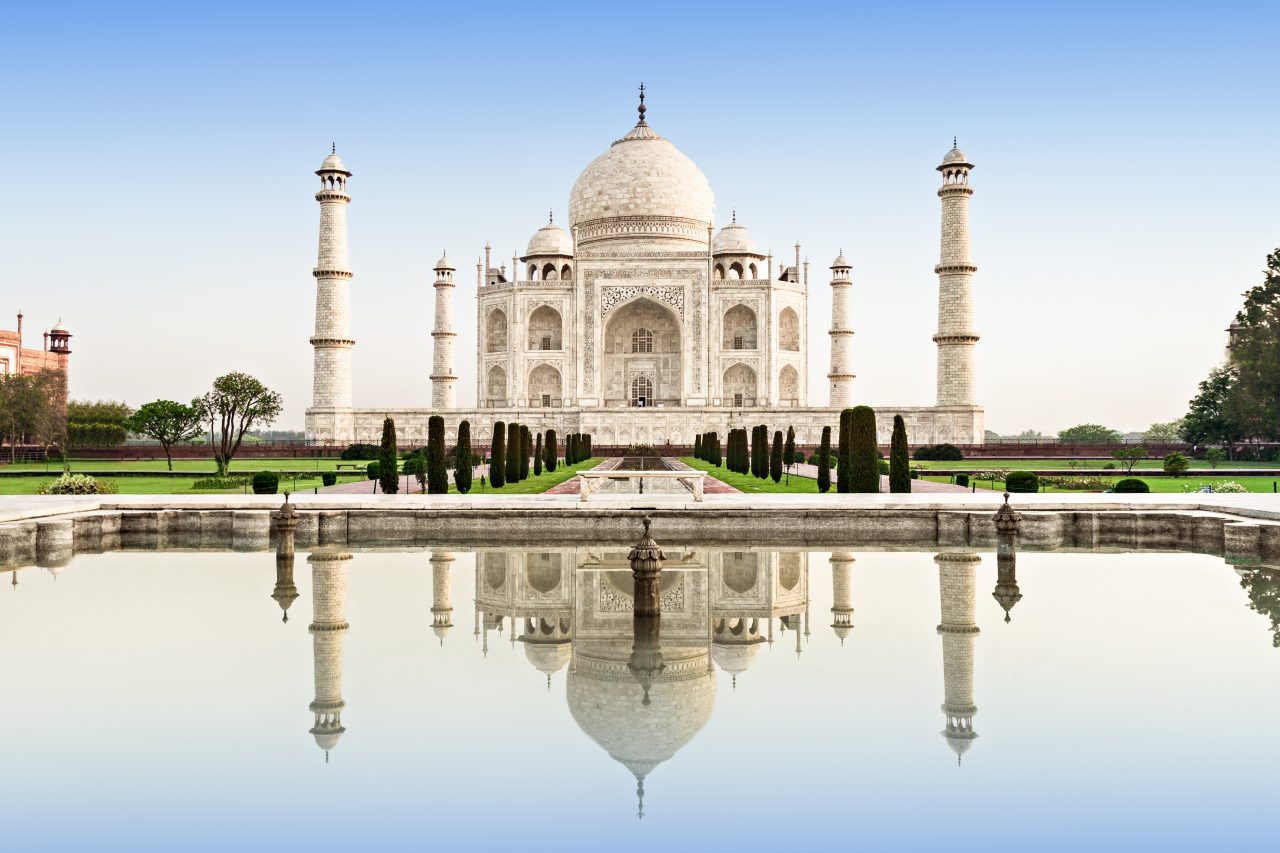
Taj Mahal i India
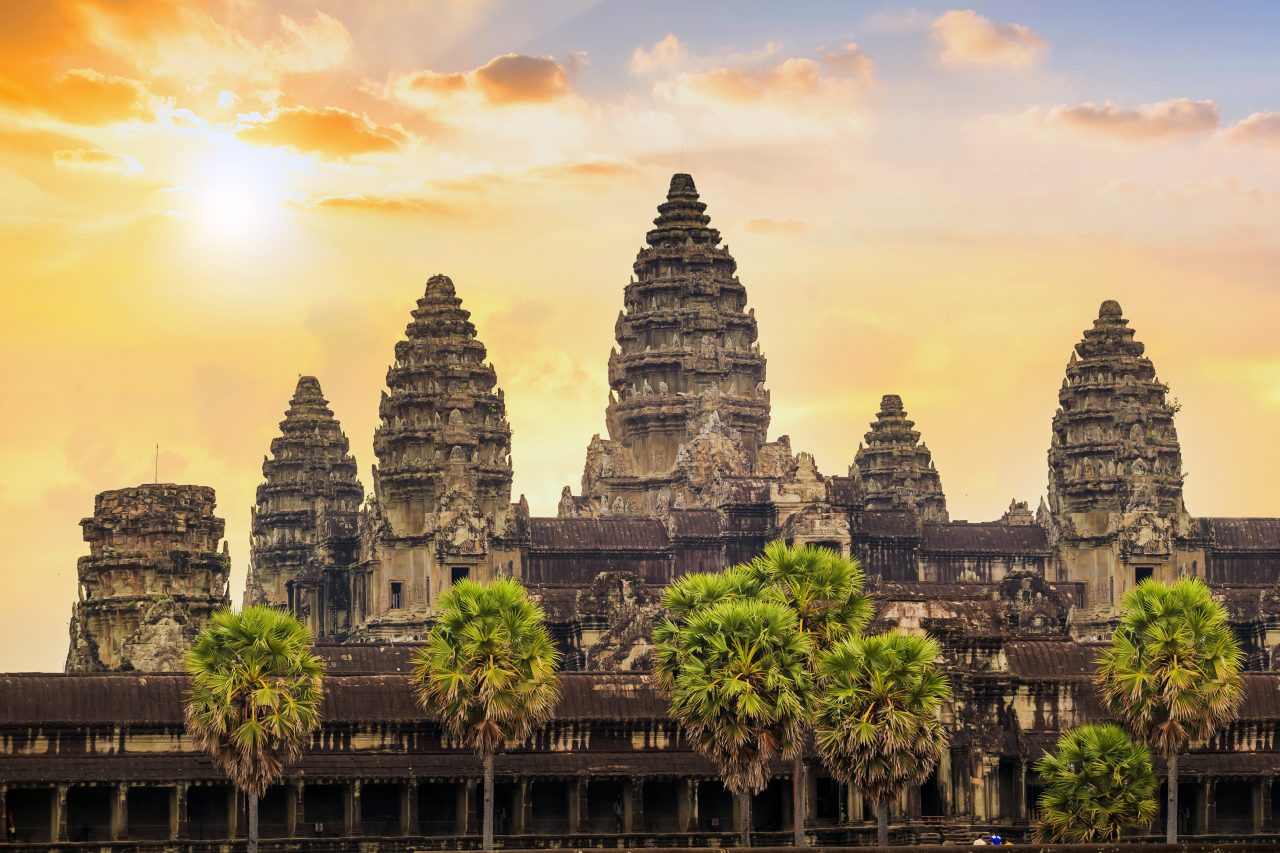
Angkor Wat i Kambodsja
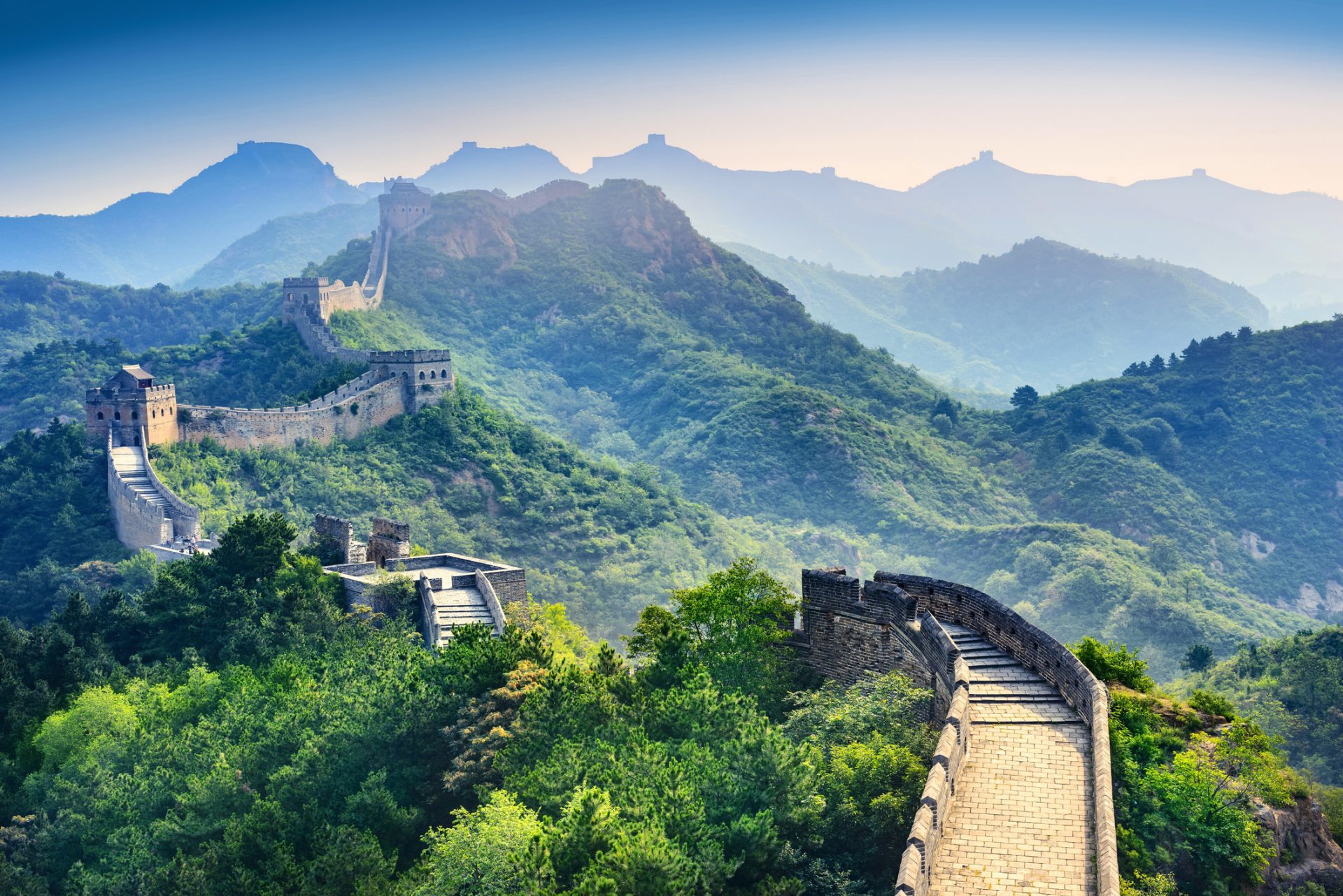
Den kinesiske mur
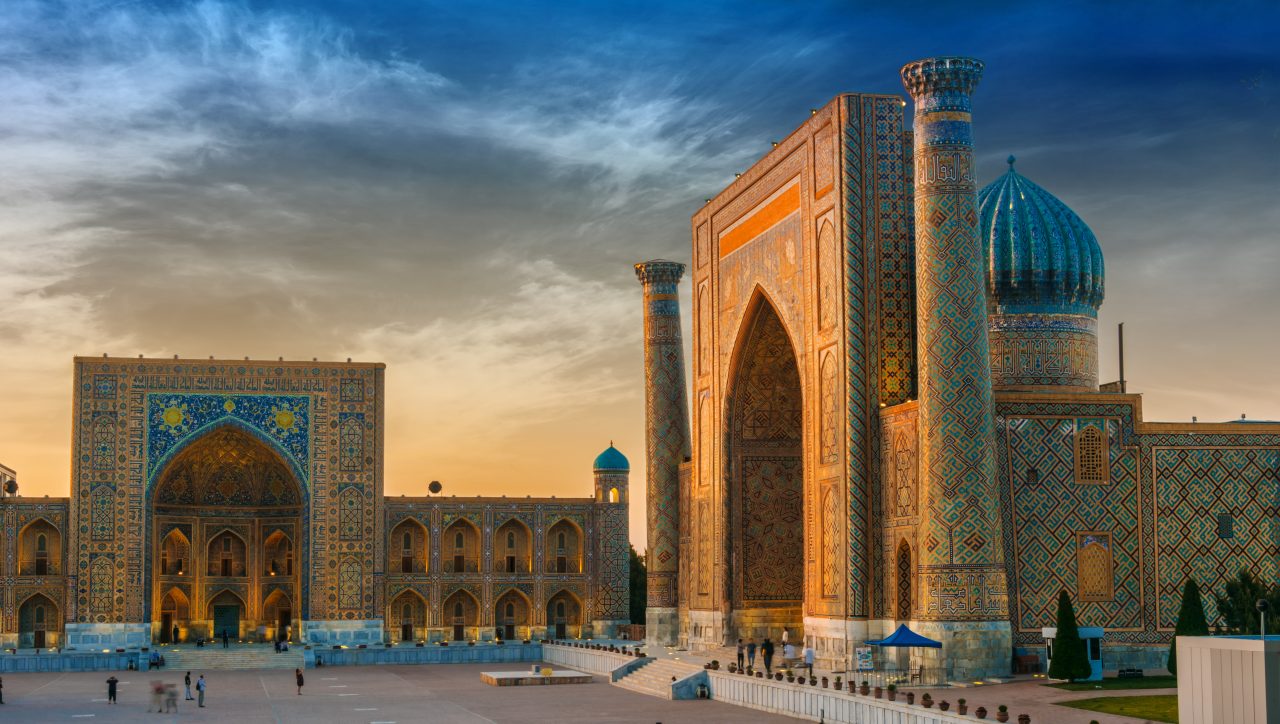
Samarkand i Usbekistan
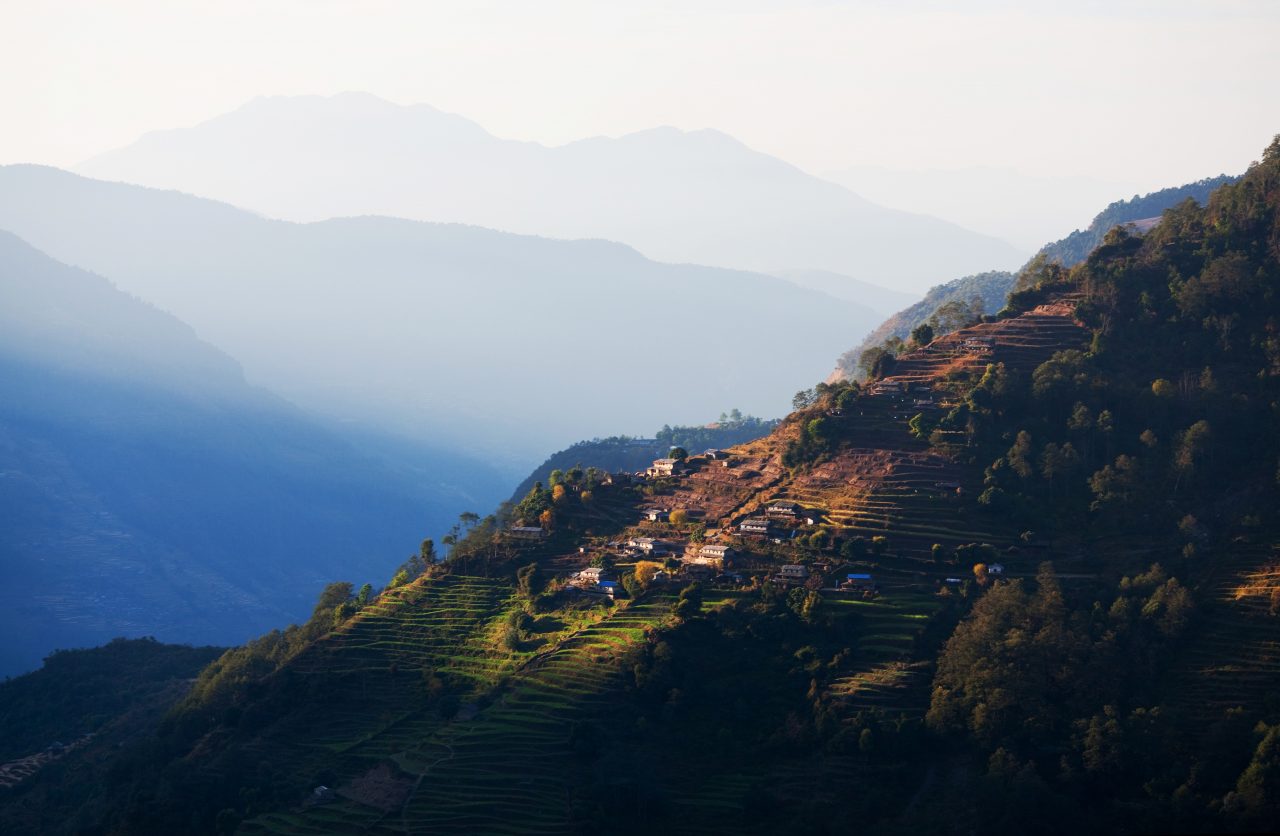
Ghandruk i Nepal
Sources:
- 101 steder du må oppleve (før du dør) (2020)
Orage Forlag AS
Image and video rights:
-
-
Getty Images
-
Getty Images
-
Getty Images
-
Getty Images / Skydive Dubai – Youtube
-
Getty Images
-
Getty Images
-
Getty Images
-
Getty Images
-
Getty Images
-
Getty Images
-
Getty Images
-


